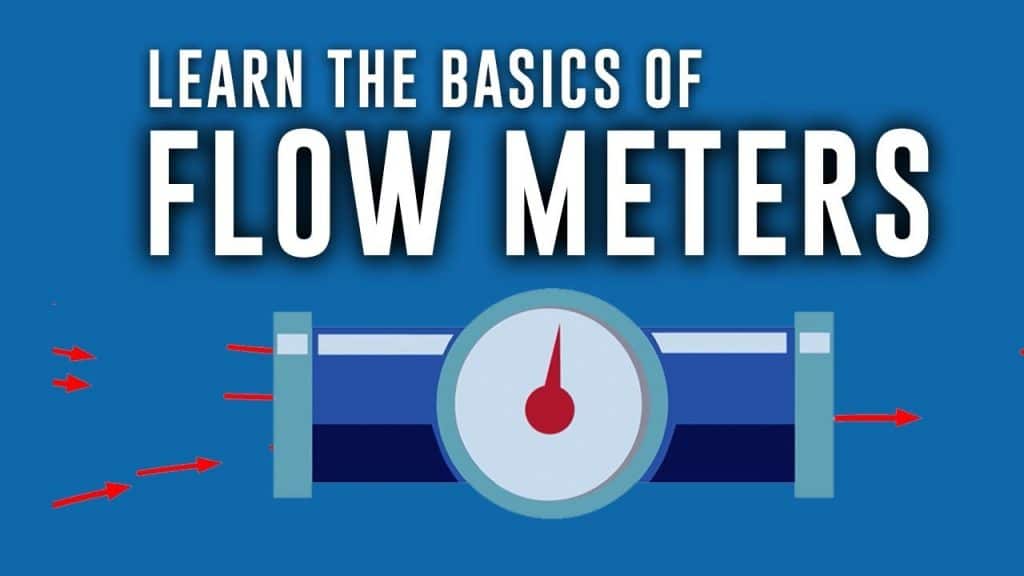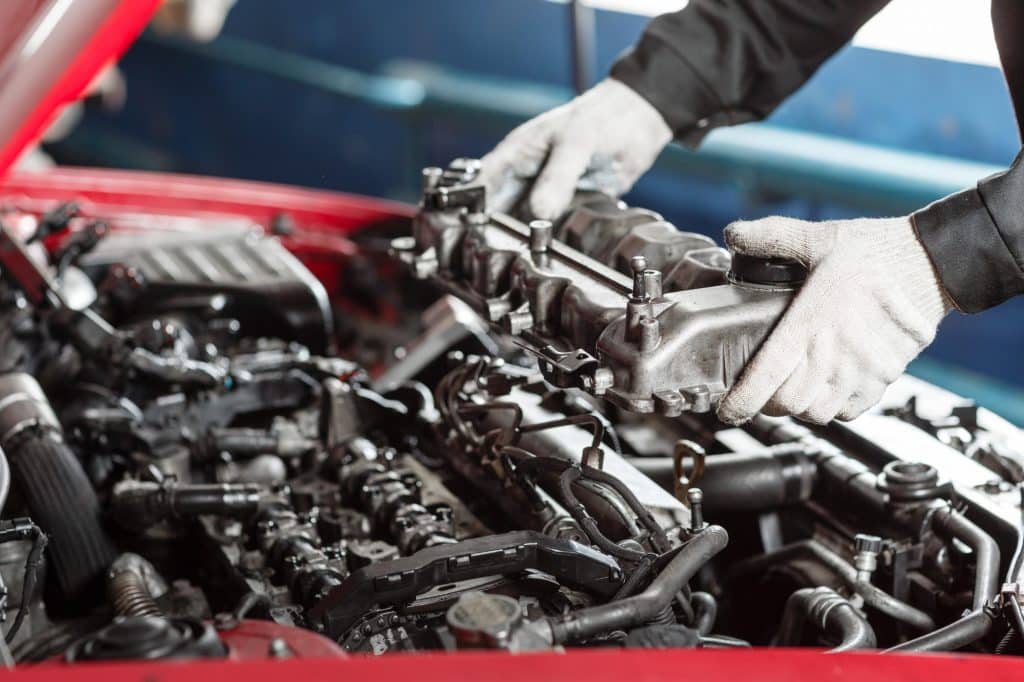If you’re in the business of fuel management, then you know all about flow meters. In this post, we’ll look closely at one type of flow meter: the K-factor.
We’ll explore the K-factor, how it’s used to calculate fuel flow, and some of the advantages and disadvantages of this type of meter. By the end of this post, you should understand how K-factors work and how they can be used in your business.
What is the K-factor?
The K-factor is a number used to determine the fuel required for an engine to produce a certain amount of power. It is typically expressed as a percentage of the engine’s power output. For example, a K-factor of 50% means that the machine will require 50% more fuel to produce the same amount of power as it would without the K-factor.
Several factors can affect the K-factor, including the fuel used, the engine’s efficiency, and the operating conditions. The K-factor can also be affected by changes in altitude or temperature.
To calculate the K-factor, divide the desired power output by the actual power output. For example, if you want your engine to produce 100 horsepower (hp), but it only has 80 hp without the K-factor, then your K-factor would be 100/80, or 1.25. You would need 1.25 times as much fuel to achieve your desired power output.
How to calculate the K-factor
To calculate the K-factor of a fuel flow meter, you will need to know the following:
1. The full-scale range of the meter
2. The minimum flow rate that can be accurately measured by the meter
3. The maximum flow rate that can be accurately measured by the meter
Using this information, you can calculate the K-factor as follows:
K-factor = (full-scale range) / (minimum flow rate – maximum flow rate)
For example, if a fuel flow meter has a full-scale range of 100 liters per hour and can accurately measure flows between 10 and 90 liters per hour, then its K-factor would be:
K-factor = (100 liters per hour) / (10 liters per hour – 90 liters per hour) = 1 liter per hour
The benefits of using a fuel flow meter
Fuel flow meters measure the amount of fuel flowing through a pipe. There are many different fuel flow meters, each with advantages and disadvantages. The most common type of fuel flow meter is the positive displacement meter. Positive displacement meters are very accurate and can measure tiny amounts of fuel. However, they are more expensive than other fuel flow meters.
Other types of fuel flow meters include turbine flow meters and differential pressure flow meters. Turbine flow meters are less accurate than positive displacement meters but are much less expensive. Differential pressure flow meters are the most precise type of meter but are also the most costly.
Fuel flowmeters can be used to measure the amount of fuel being consumed by an engine. This information can then be used to optimize the engine for better fuel economy or increased performance.
Read Next – Fuel Factor X Gas Treatment Improves Vehicle Performance
How to choose the proper fuel flow meter for your needs
Generally, most fuel flow meters will have a k-factor of 1. When selecting a fuel flow meter, you must consider your application’s specific requirements. For example, if you need to measure shallow flows, you will need a meter with a higher k-factor.
When calculating the K-factor for your fuel flow meter, there are a few key factors to consider:
1. The desired flow range of your application
2. The required accuracy of the measurement
3. The type of fluid being measured (diesel, gasoline, etc.)
4. The operating conditions (temperature, Pressure, etc.)
Once you have determined your application’s K-factor, you can select a fuel flow meter with the appropriate specs.
What is fuel flow?
Fuel flow refers to the flow of petroleum by pipes. Fuel flows are the transportation of fuel by pipe or by pipelines of transport. The valve controls the gas flow to the delivery tube. In some cases, bubbles can develop in lines, preventing adequate fuel flow.
How does fuel flow work?
How do you calculate fuel flow?
The formula fuel flow rate will correspond to the brake-specific fuel consumption multiplied by 1. Then.
What is fuel mass flow?
Fuel flow rates are calculated from the energy-to-air ratio (f). Flow rates are the sum of the power to air ratios. Fuel mass flows rates (MDT f) are given as mass per minute (kg) per sec.
What is K in flow rate?
K-factor is an equal measure that describes the fluid flow in the meter by manufacturers. A 100 k value indicates 100 “pulses” per gallon.
What is K-factor in the flow meter?
The factor K for air-fuel flow meters describes the number of pulses anticipated for each volumetric unit of fluid flowing into the flow. Typically this happens when dealing with vibrations.
How do you calculate K-factor sprinklers?
KFactor formula for fire sprinklers. V. A. Q = Q (GH). Q = 0.50. = s = s. P = Q2 K2 K2. P = Pressure at the bar. Q = Liters/minutes. K = charge/ml. Bar/Lpm. 1:50 – For imperial calculations: pp = Pressure at pressures per square cent. Q = fluid MPs/ps. K = discharge constants gpms.psi.0.1.
What is a reasonable flow rate for a gas well?
Tubings. Usually, rules of thumb are applied to determine minimum flow rates. Standard practice is 1MMcf/d/1,000 lb. Tubing and a MM cf/1500 kg for two-in.
Conclusion
As you can see, the K-factor is an essential calculation in determining the fuel flow rate for an engine. Calculating it can ensure that your machine is getting the correct fuel.
Remember, too much or too little fuel can lead to engine damage, so it’s essential to get it right. If you have questions about calculating the K-factor or anything related to fuel flow meters, feel free to contact us; we’ll be happy to help.
Read Next – Fuel Factor X Is A Game Changer For The Automotive Industry


